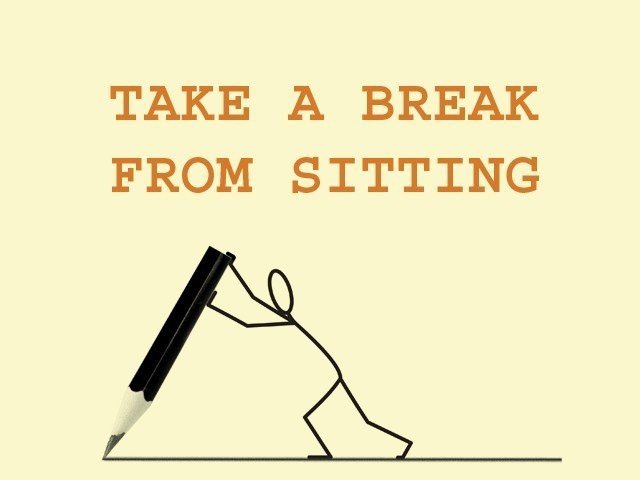
Talking to a private news channel, cardiologist Dr Rabia Feryal said sitting constitutes physical inactivity and sitting for too long each day or on most days implies having a sedentary lifestyle, whether or not one exercises. This has adverse effects on breathing, blood circulation, and posture, increasing the risk of several diseases.
She said it would be most worrisome if these risks remain elevated even if someone regularly does exercise but then settles into his or her chair for the rest of the day. She advised to take a movement break every 30 minutes.
Long hours of sitting can also lead to imbalances in spinal structure including disc damage, inflexible spine, strained neck, sore shoulders and back. Take a five-minute stroll for every hour you sit, she said, adding, instead of walking at a stretch, make sure that you take small breaks from your work. This will improve blood circulation in the body. Stretch your legs and arms every hour in office, she said.
The doctor added that a short break to walk every hour is recommended to ensure movement of muscles and bones. Movement is very important for to keep our bones strong, she said. It is also important to balance posture while sitting, she emphasised, as majority of orthopedic problems are caused by bad posture.
She said that walking for 45 minutes, simple stretching exercises and free-hand movements made a noticeable difference. Dr Feryal said sitting for more than eight hours a day can lead to posture problems like disc damage, strained neck and swayed back in long run. Many employees who work in a sitting position for long hours complain of these postural problems.
Physical inactivity has also been linked to certain types of cancer, including lungs, colon, and endometrium. “Getting regular physical activity can help reduce your risk of heart disease by helping you manage blood pressure and cholesterol, regulate your blood sugar levels, and maintain a healthy weight or lose weight,” she said. Exercise can strengthen your heart. There is also evidence that it can help improve your circulation and build a ‘back-up system’ of blood vessels that can take over if one of your arteries is blocked by disease or a clot, she added.
Published in The Express Tribune, September 29th, 2019.



1732105641-0/BeFunky-collage-(78)1732105641-0-165x106.webp)


1726722687-0/Express-Tribune-Web-(9)1726722687-0-270x192.webp)


1732096230-0/BeFunk_§_]__-(12)1732096230-0.jpg)







COMMENTS
Comments are moderated and generally will be posted if they are on-topic and not abusive.
For more information, please see our Comments FAQ